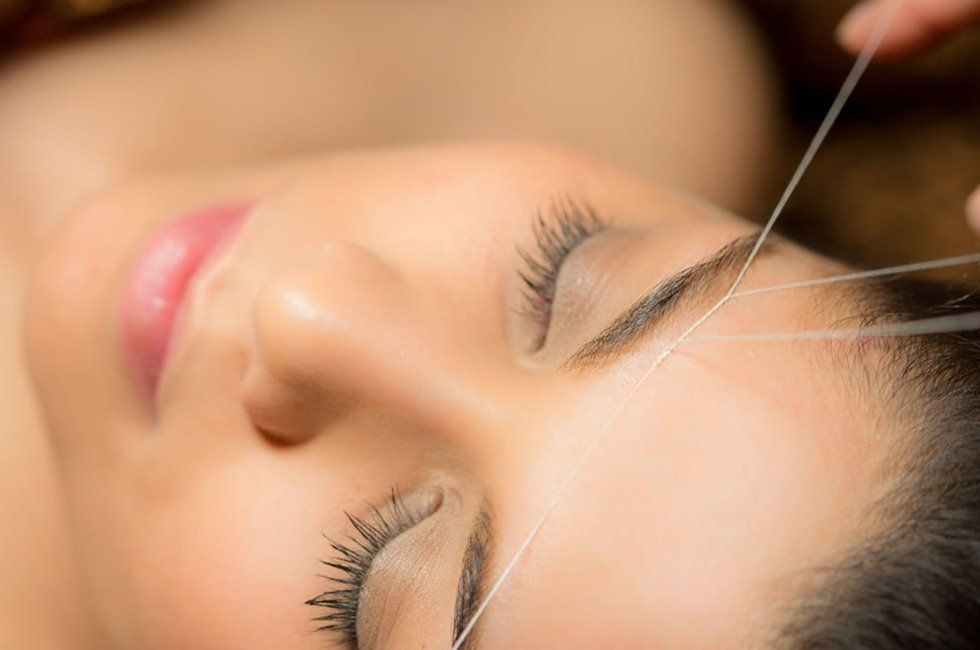.
Threading

I kindly request that you read the Contra-indications section before booking your appointment as you may find you are unable to have this form of treatment.
*****
What is threading?
Threading is the process of removing facial hair using a piece of thread. The thread is typically made of cotton and is relatively thin to allow a stronger hold on each strand.
How does threading work?
Threading may seem like a simple or primitive hair removal method, but experienced technicians make it work beautifully. I begin with a loop of cotton thread that is about the thickness of dental floss. Then, I twist the loop to create a series of "knots" in the middle. Finally, I move the twisted area back and forth across rows of hairs, grasping them at the root and removing them quickly and completely. No chemicals or other tools are needed
Benefits of Threading
The benefit of threading that most sets it apart from other hair removal techniques is its precision. While waxing and plucking can often leave unwanted stray hairs around your eyebrows, I go through your hair row by row, giving eyebrows a clean and defined shape. Threading only removes hair, not skin, and because it is so exact, it can remove hairs that are finer than those that can be removed by waxing or plucking.
People on particular medications or with certain skin conditions may turn to threading to remove their hair because it's gentler on the skin than some other types of hair removal. For example, some dermatologists recommend that people who use acne medications -- including Accutane and topical retinoid creams -- choose threading over waxing because the former only affects hair and not the skin underneath. Waxing, on the other hand, can remove a layer of skin along with the hair, especially in people whose skin has become more delicate or fragile in response to treatments. Also, allergic reactions to threading are rare, because the only equipment used is a simple cotton string instead of a wax, for example, that could contain irritating substances.
As good as it may sound, even threading has its downsides. Read on to find out what they are.
Problems with Threading
Though threading involves little contact with the skin and doesn't include the risk of burns like waxing does, it can still be painful. Your skin may itch a little bit afterward, and you may see some redness, puffiness or changes in pigment for a short while after the procedure. As with waxing or plucking, it's also possible that after threading you could develop folliculitis, an infection of the hair follicles.